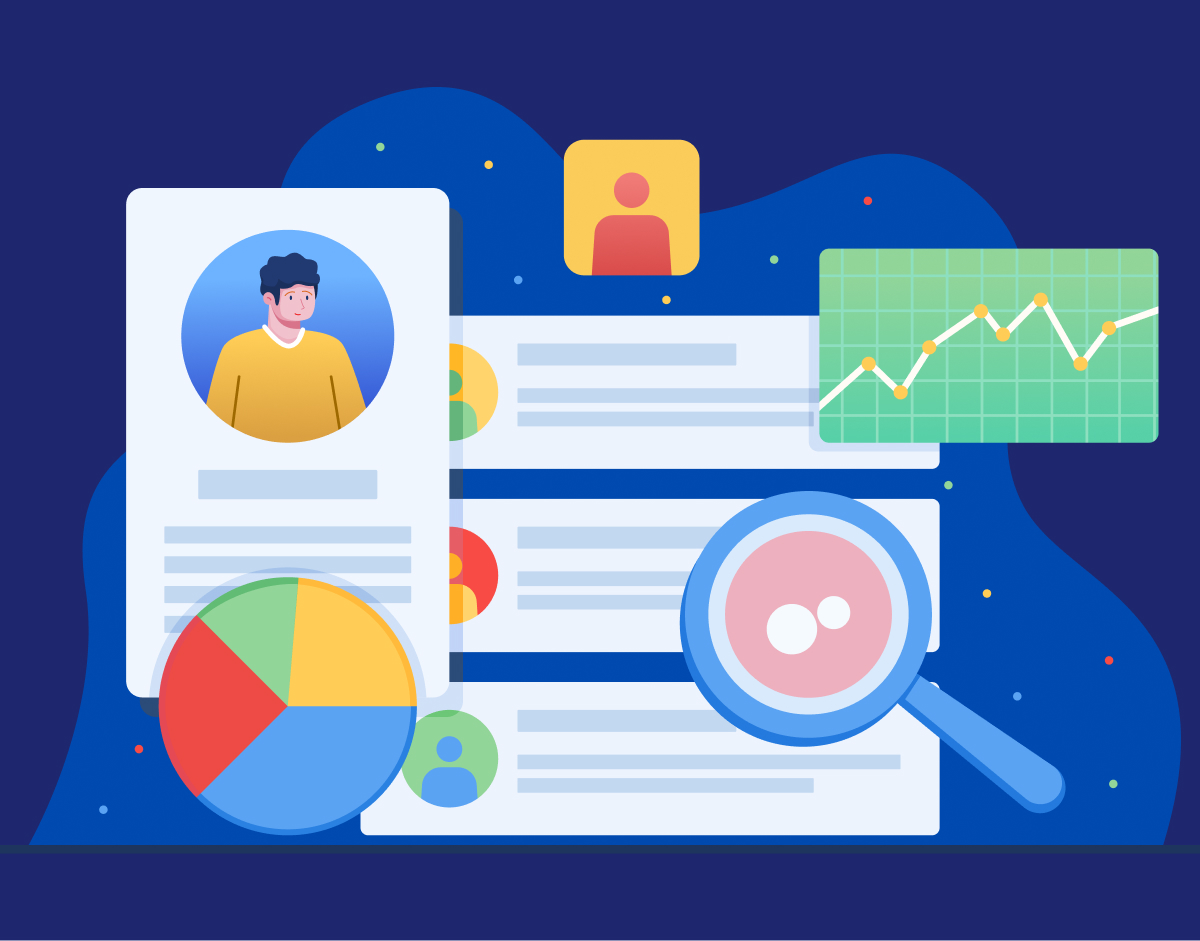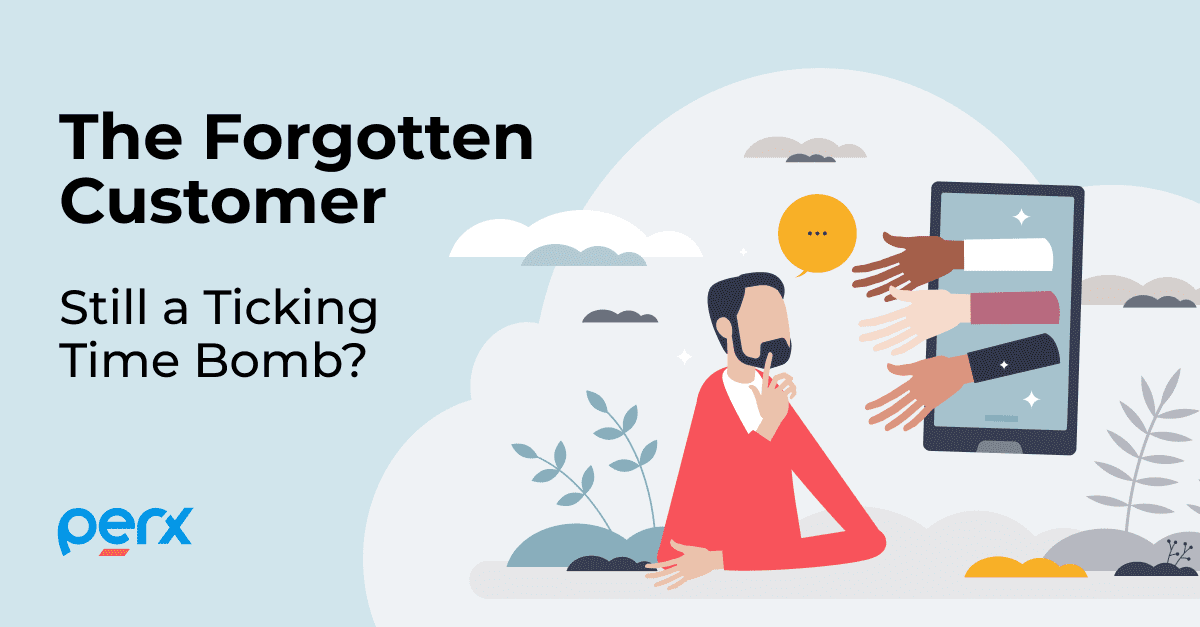Customize to Captivate: Personalization’s Role in Building Customer Loyalty

Customize to Captivate: Personalization’s Role in Building Customer Loyalty
Foster strong relationships by creating tailored experiences that resonate with consumers
Welcome to the era of personalization, where firms are redefining customer experiences and fostering deeper customer relationships.
Gone are the days of generic messages and one-size-fits-all approaches. Nowadays, customers expect tailored experiences that cater to their unique wants and needs. In fact, according to McKinsey, 76% of consumers get frustrated when businesses do not offer personalized experiences.
Personalization
What is It?
Personalization is the act of customizing customer experiences based on information that businesses have learned about each specific individual. Some channels through which such tailored content can take place include emails, websites, mobile apps, and in-store.
To better understand this concept and its importance, let’s take Sephora as an example. When looking at a specific product on their site, consumers are automatically offered a detailed table comparison of products that are similar to the one being viewed.

This offers them enhanced convenience by saving consumers research time and effort. It then also increases consumers’ product knowledge, allowing them to easily make the choice that best suits their needs.
Another prime example is Amazon. When customers visit their website, they are greeted with a tailored homepage that displays product recommendations based on their browsing and purchase history. Such personalization creates a compelling incentive that increases the likelihood of customers spending a longer time on the site, exploring options and making purchases.
How Does Personalization Shape Customer Loyalty?
Personalization is crucial in building customer loyalty as it pushes firms to understand and cater to each consumer’s individual preferences. In fact, according to Salesforce, 70% of consumers emphasize that how well a company understands their specific needs directly impacts their loyalty. To better understand this, let’s explore four key roles that it plays in this aspect.

1. Customer Experience Enhancer
By tailoring offerings and messages to align with the unique preferences of individual customers, personalization empowers businesses to deliver highly relevant experiences that demonstrate a genuine understanding of their consumers. This allows them to foster a stronger emotional connection, resulting in heightened customer satisfaction and unwavering customer loyalty. In fact, Accenture found that 91% of customers are more likely to shop with brands that recognize, remember, and offer relevant recommendations.
2. Engagement Booster
Personalized experiences resonate with customers on a deeper level. Through delivering content that aligns with their interests, businesses can better capture consumer attention and drive overall engagement, ultimately fostering loyalty.
3. Customer Needs Anticipator
Personalization compels businesses to gain deeper insights into customers’ preferences and behaviors. This allows them to proactively anticipate and address customer needs even before they are explicitly stated. In today’s dynamic landscape where customer needs are rapidly evolving, such predictive capability is growing increasingly vital.
By harnessing it, companies can then secure more resilient customer loyalty.
4. Customer-to-Advocate Converter
Exceptional personalized experiences not only inspire customers to share them with friends and family, but also to recommend the brand and become devoted ambassadors.
This fosters an enthusiastic cycle of supporters who actively advocate for the brand, enhancing its reputation and cultivating long-term customer loyalty.

Conclusion
In this era of personalization, businesses that deliver bespoke experiences will be one step ahead in cementing unwavering customer loyalty. By tailoring experiences to suit customer needs, businesses can position themselves at the forefront of customer-centricity, giving themselves a sustainable competitive advantage.
To stay ahead of ever-changing customer preferences, consider exploring the Perx Platform. With its gamified and customizable system, Perx offers unique ways to capture detailed insights that prepare your business to anticipate customer needs. Book a demo today to discover how Perx can revolutionize your personalization efforts to solidify customer loyalty.
Recommended for you

Blogs

Sustainability

Blogs

Blogs

Blogs
Ready to join them?













